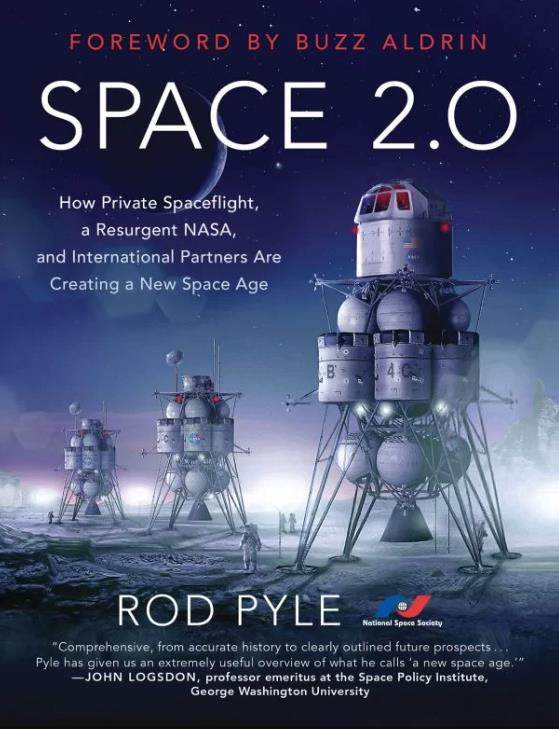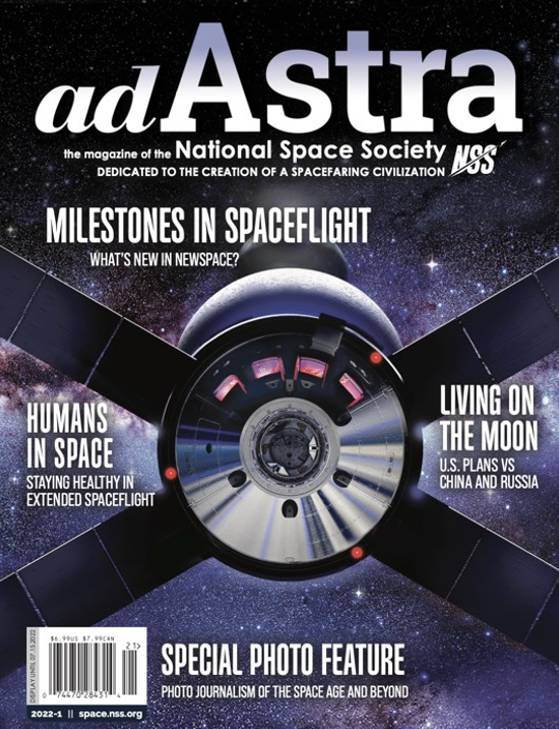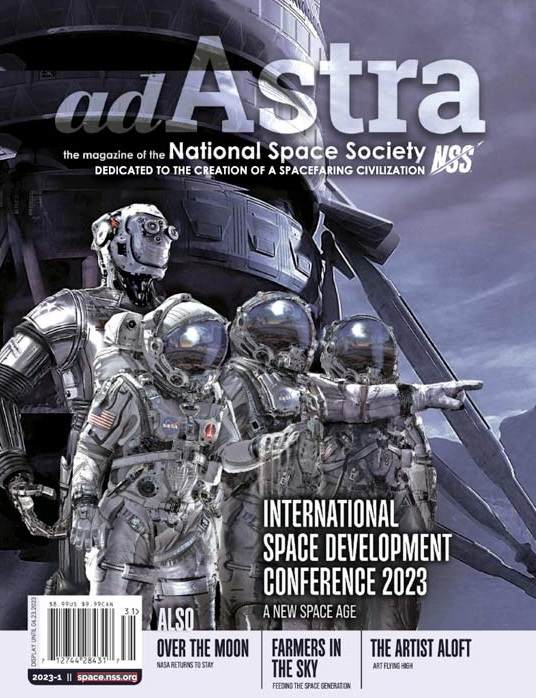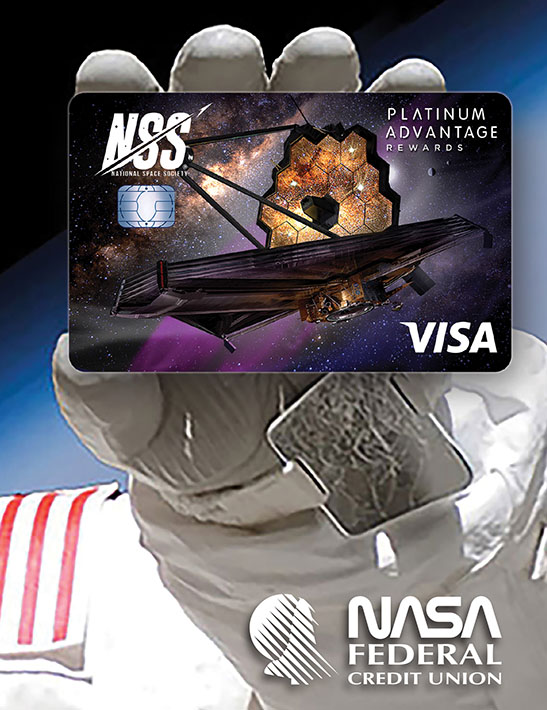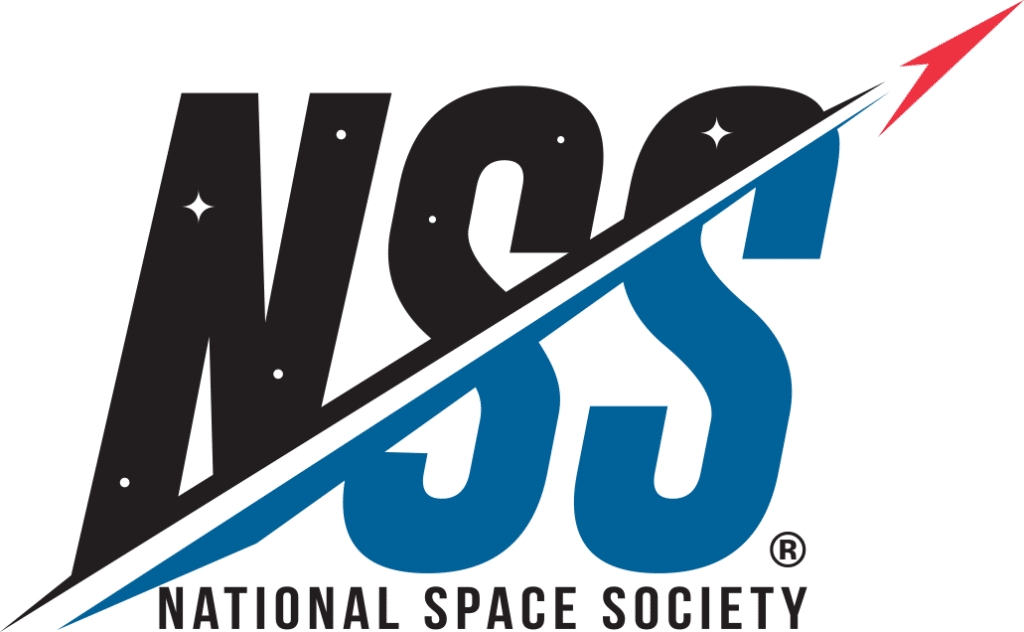Discussion/Editorials
Space settlements are permanent communities in orbit, as opposed to living on the Moon or other planets. The work of Princeton physicist Dr. O’Neill and others have shown that such colonies are technically feasible, although expensive. Settlers of this high frontier are expected to live inside large air-tight rotating structures holding hundreds, thousands, or even millions of people along with the animals, plants, and single celled organisms vital to comfort and survival. There are many advantages to living in orbit: zero-g recreation, environmental independence, plentiful solar energy, and terrific views to name a few. There is plenty of room for everyone who wants to go; the materials from a single asteroid can build space colonies with living space equal to about 500 times the surface area of the Earth.
Why should settlements be in orbit? Mars and our Moon have a surface gravity far below Earth normal. Children raised in low-g will not develop bones and muscles strong enough to visit Earth comfortably. In contrast, orbital colonies can be rotated to provide Earth normal pseudo-gravity in the main living areas.
We hope teachers will make this contest part of their lesson plan. While designing a space colony, students will have a chance to study physics, mathematics, space science, environmental science, and many other disciplines. We would like students outside the science classes to participate as well. Thus, contest submissions may include designs, essays, stories, models, and artwork. Students can design entire colonies or focus on one aspect of orbital living. A class or school may submit a joint project where small teams tackle different areas in a coordinated fashion. For example, consider a cross curriculum project where science classes design the basic structure and support systems, art students create pictures of the interior and exterior, English students write related short stories, social studies students develop government and social systems, Industrial Technology builds a scale model, and the football team proposes low-g sports.
We are always soliciting testimonials of experiences with this contest. If you have something to say about your experience with this contest, send an email to [email protected]. Do not use this email for general inquiries, testimonials only! Selected testimonials will be posted on the NSS web site and/or used in a scientific paper on the contest. Accepted testimonials may be edited for English and clarity.

